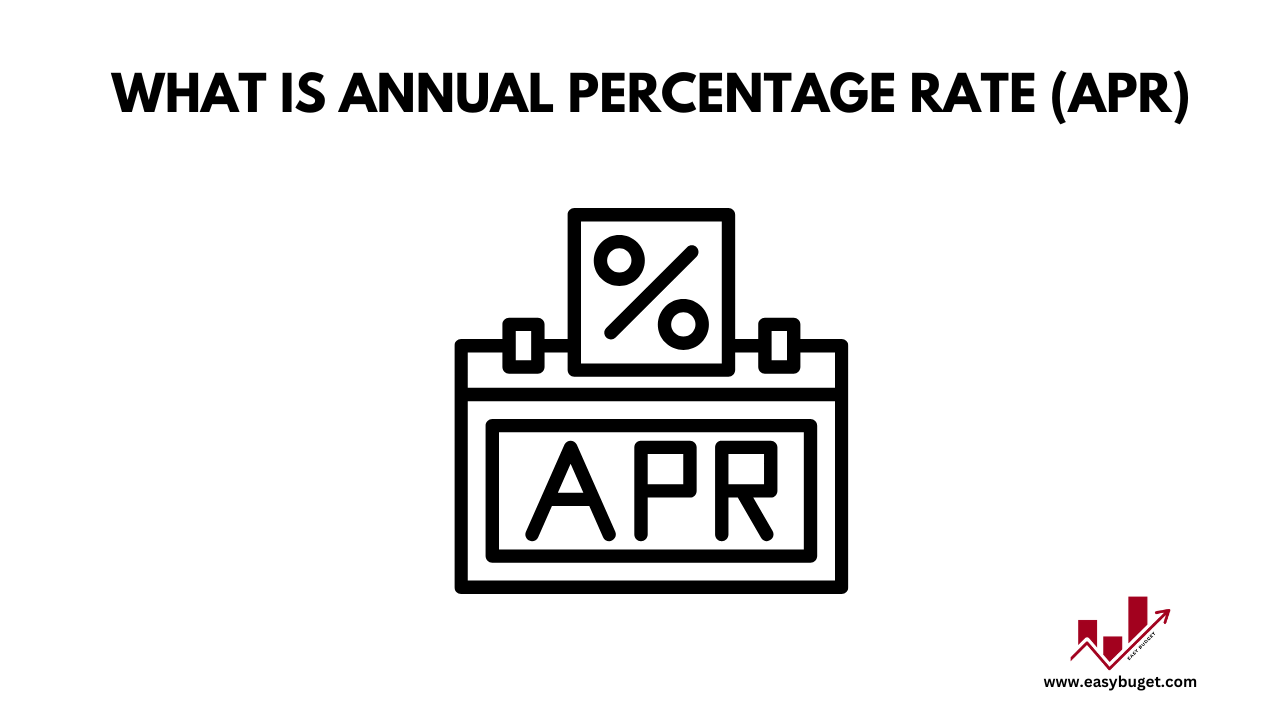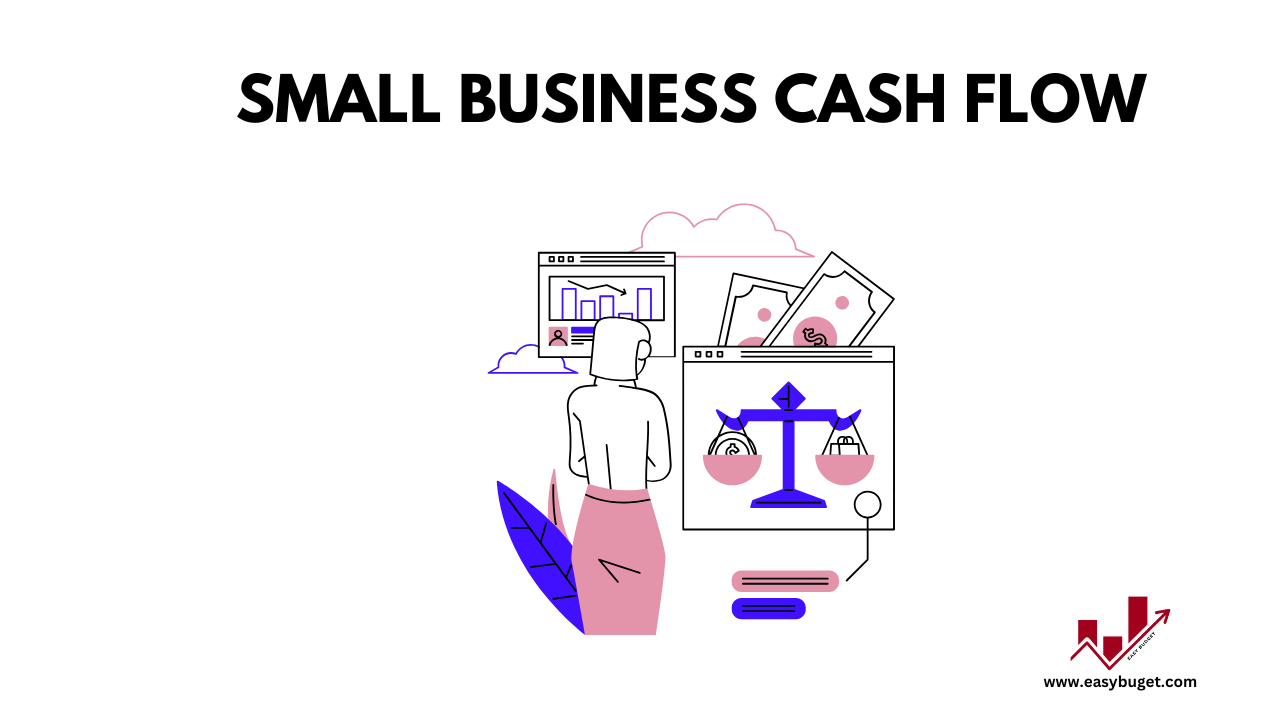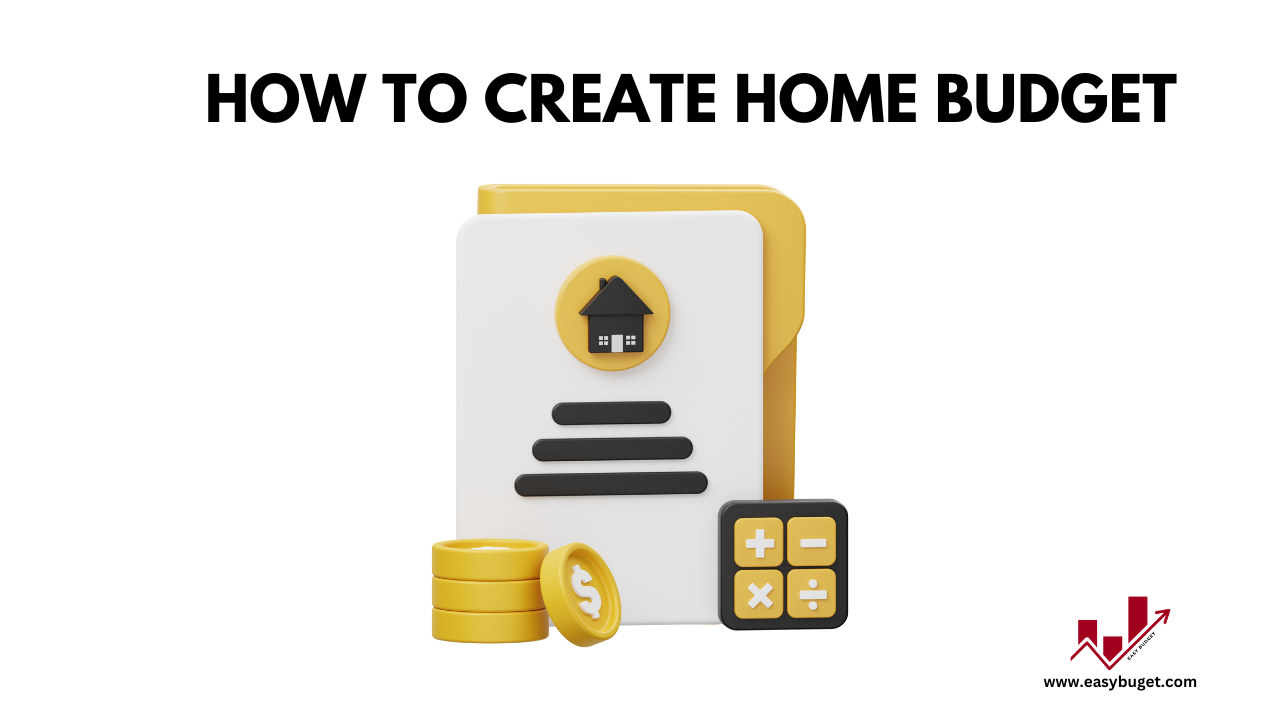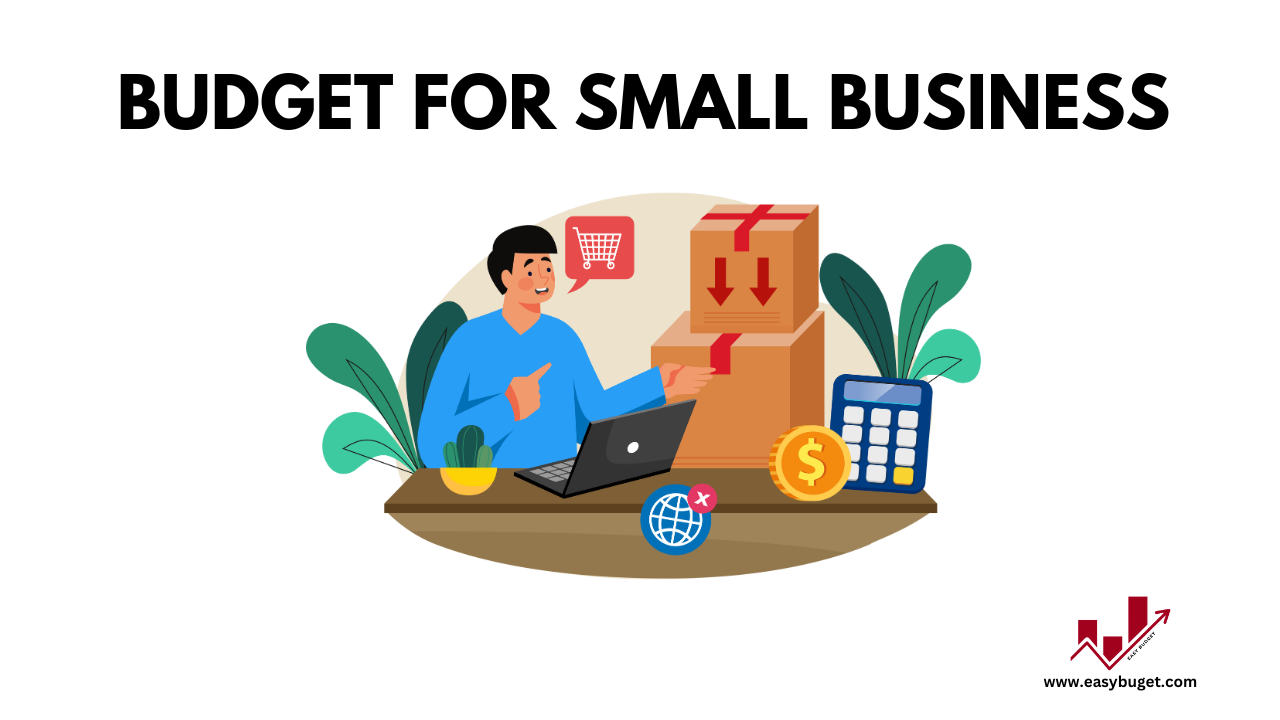Let’s be real—nobody teaches you how to manage money in school. You graduate, get your first job, and suddenly you’re expected to know how to budget, save, invest, and plan for retirement. It’s overwhelming, right?
But, you don’t need to be a financial expert to build a strong financial foundation. With the right habits and a little discipline, you can set yourself up for long-term success. Whether you’re just starting your career, paying off student loans, or trying to figure out how to save for your first home, these financial tips for young adults will help you to take control of your money and secure your future.
Why Financial Literacy Matters for Young Adults
Did you know that only 24% of millennials have basic financial literacy skills? These statistics are alarming, but they also highlight why it’s so important to start building good financial habits early.
The choices you make in your 20s and 30s—like how much you save, how you manage debt, and whether you invest—can have a huge impact on your financial future. The earlier you start, the more time you have to grow your wealth and achieve your goals.
10 Essential Financial Tips for Young Adults
1. Create a Budget and Stick to It
Budgeting is the foundation of good financial health. It helps you track your income and expenses, so you know exactly where your money is going. Here’s how to get started:
- Track Your Spending: Use a free app like Mint or YNAB (You Need a Budget) to monitor your expenses.
- Categorize Expenses: Divide your spending into needs (rent, groceries) and wants (entertainment, dining out).
- Set Limits: Allocate a specific amount for each category and stick to it.
Pro Tip: If you’re new to budgeting, try the 50/30/20 rule:
- 50% for needs.
- 30% for wants.
- 20% for savings and debt repayment.
2. Build an Emergency Fund
Life is full of surprises—car repairs, medical bills, job loss. An emergency fund acts as a safety net, so you’re prepared for the unexpected.
- How Much to Save: Aim for 3–6 months’ worth of living expenses.
- Where to Keep It: Use a high-yield savings account like Ally Bank or Marcus by Goldman Sachs.
Pro Tip: Start small. Even saving $10 a week can add up over time.
3. Pay Off High-Interest Debt
Debt can hold you back from achieving your financial goals. Focus on paying off high-interest debt first, like credit cards or personal loans.
- Debt Snowball Method: Pay off the smallest debt first, then move on to the next.
- Debt Avalanche Method: Pay off the debt with the highest interest rate first.
Pro Tip: Use a debt payoff calculator like the one on NerdWallet to create a plan.
4. Start Investing Early
The earlier you start investing, the more time your money has to grow thanks to compound interest.
- Where to Start: Open a brokerage account with platforms like Robinhood or Acorns.
- What to Invest In: Consider low-cost index funds or ETFs.
Pro Tip: If your employer offers a 401(k) match, contribute enough to get the full match—it’s free money!
5. Live Below Your Means
It’s tempting to upgrade your lifestyle as your income grows, but living below your means is key to building wealth.
- Avoid Lifestyle Inflation: Just because you got a raise doesn’t mean you need a new car or a bigger apartment.
- Cut Unnecessary Expenses: Cancel unused subscriptions, cook at home, and shop sales.
Pro Tip: Use the 30-day rule—wait 30 days before making a non-essential purchase to avoid impulse buying.
6. Set Financial Goals
Having clear goals keeps you motivated and focused.
- Short-Term Goals: Save $1,000, pay off a credit card.
- Long-Term Goals: Buy a home, retire by 50.
Pro Tip: Use the SMART goal framework: Specific, Measurable, Achievable, Relevant, Time-bound.
7. Build Good Credit
Your credit score affects your ability to get loans, rent an apartment, and even land a job.
- Pay Bills on Time: Set up automatic payments to avoid late fees.
- Keep Credit Card Balances Low: Aim to use less than 30% of your credit limit.
Pro Tip: Monitor your credit score for free with Credit Karma.
8. Learn About Taxes
Understanding taxes can save you money and prevent costly mistakes.
- File Your Taxes on Time: Use free tools like TurboTax or H&R Block.
- Take Advantage of Deductions: Contribute to a retirement account or claim student loan interest.
Pro Tip: Visit IRS.gov for free resources and guides.
9. Protect Yourself with Insurance
Insurance protects you from financial disasters.
- Health Insurance: Don’t skip it—even a minor injury can lead to huge bills.
- Renters Insurance: Covers your belongings in case of theft or damage.
Pro Tip: Compare quotes on Policygenius to find the best rates.
10. Invest in Yourself
Your greatest asset is you. Continuously improving your skills and education can lead to higher earning potential.
- Take Free Courses: Platforms like Coursera and Udemy offer affordable options.
- Network: Attend industry events and connect with professionals on LinkedIn.
Pro Tip: Set aside time each week for personal and professional development.
Common Financial Mistakes to Avoid
Even with the best intentions, it’s easy to make mistakes. Here are some common pitfalls to watch out for:
- Overspending on Non-Essentials: Fancy coffee, designer clothes, and expensive gadgets can add up quickly.
- Ignoring Retirement Savings: The earlier you start, the better.
- Not Having a Financial Plan: Without a plan, it’s hard to stay on track.
- Falling for Get-Rich-Quick Schemes: If it sounds too good to be true, it probably is.
Free Resources and Tools
Managing your finances doesn’t have to be complicated. Here are some free resources to help:
- Budgeting Apps: Mint, YNAB, PocketGuard.
- Investing Platforms: Robinhood, Acorns, Betterment.
- Financial Literacy: Investopedia, NerdWallet.
- Credit Monitoring: Credit Karma, Experian.
Conclusion
Your 20s and 30s are the perfect time to build a strong financial foundation. By following these financial tips for young adults, you can take control of your money, avoid common mistakes, and set yourself up for long-term success.
Remember, it’s not about being perfect—it’s about making progress. Start small, stay consistent, and celebrate your wins along the way. Your future self will thank you!
Disclaimer: This blog post is for informational purposes only and does not constitute financial advice. For personalized guidance, consult a financial advisor.
By following this guide, you’ll not only learn how to manage your money but also gain the confidence to take control of your financial future. Let’s make 2025 the year you start building wealth and achieving your dreams!










